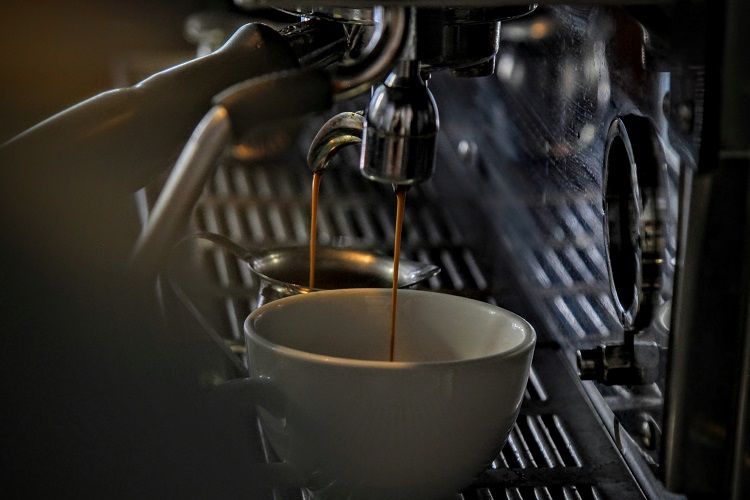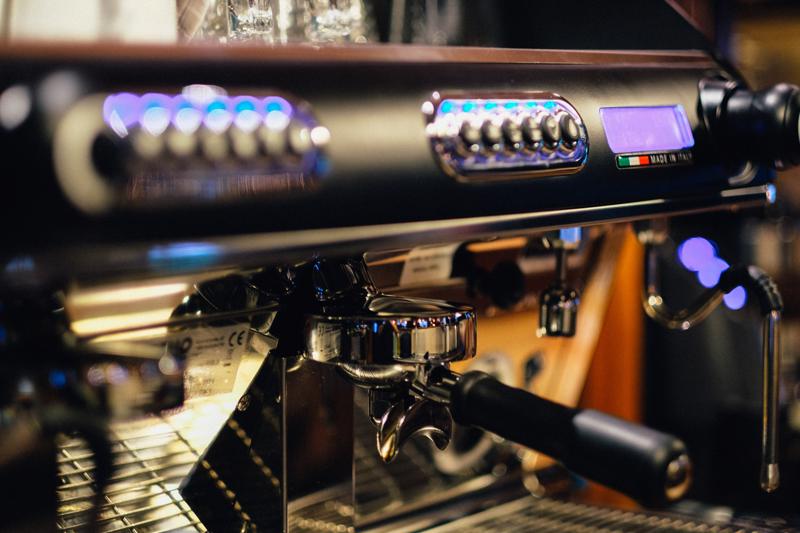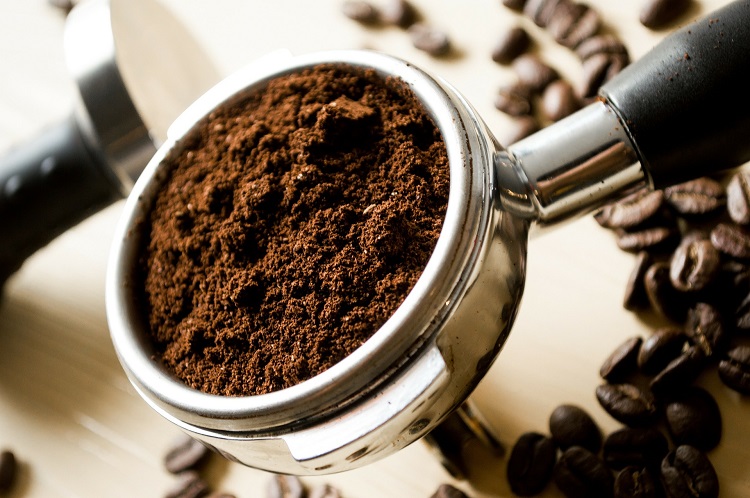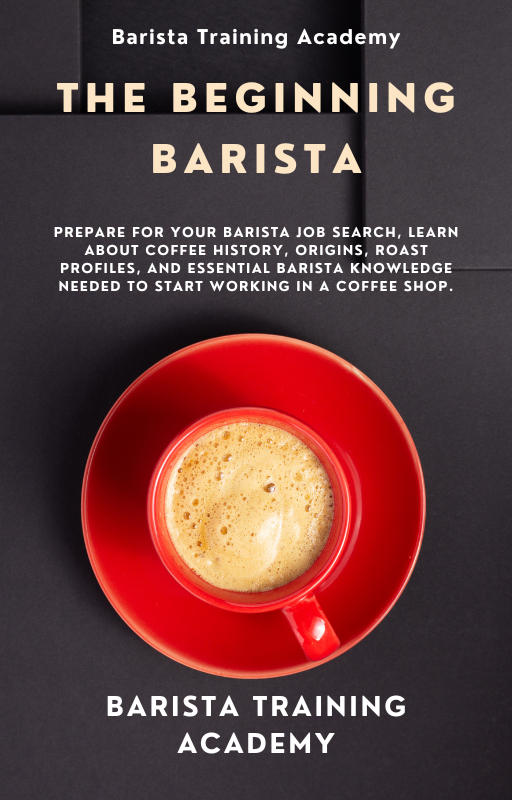How To Be a Barista: Coffee Shop Equipment
If you want to know how to be a great barista, you should first learn the function – and be competent with every single tool at the barista workstation.
It's essential to learn how to manage an espresso machine, grinders, manual brewing devices, have a set of special towels, use the right portafilters and pitchers. Good knowledge of your workflow makes it easier for you to focus on practicing your latte art or communicating with customers. With our online barista training course, you will know the fundamentals work stations.
All these factors contribute to high-quality service and a better customer experience.

Your Espresso machine
After you start your training at the coffee shop, you'll be introduced to the heart of any coffee shop – an espresso machine. An espresso machine is any piece of equipment dedicated to brewing espresso shots.
The main principle of an espresso machine's work is that the hot water (195°- 205°F) is running under extremely high pressure (at 9-10 atm) through portafilters filled with coffee.
Espresso machines can be manual, semi-automatic, automatic, and super-automatic.
An espresso machine consists of various components that you'll get acquainted with as soon as you get your job as a barista. Let's name some of them here:
- Group head
- Portafilter and portafilter basket
- Group screen and gasket
- Group switch
- Hot water tap and valve
- Steam wand
- Stem control
- Pressure gauge
- Water reservoir
- Drip tray

Grinders
A grinder is the second most important piece of equipment at your barista workstation. To operate a grinder, you need to know if it is a doser or a doserless grinder. A doserless grinder has no space for holding ground coffee. As soon as you grind your coffee, it starts to off-gas, so everything you grind you want to use immediately. Be careful not to waste your precious coffee beans!
Usually, at your coffee shop, you'll have two grinders – one for a common blend, another – for a decaf.
Shot glasses and a scale
As you dial in your coffee every morning, you'll need clear shot glasses to watch the color, volume, body, and output of your espresso shots.
It's also a good idea to have a digital scale at your workstation, especially if you are doing your initial barista training. You'll use a scale to measure the weight of your ground coffee and the extraction dose.
Tamper
A tamper is a small but essential barista tool. It is used to tamp ground espresso beans in a portafilter evenly. The quality of your final extraction will depend on how well you compress your coffee.
Always choose the portafilter that you are most comfortable with. Don't tamp with your fingers. Hold the tamper like a doorknob and tamp with one smooth motion. Remember not to bend your wrist and hold your hand straight. Monotonously repeated actions can eventually cause problems with your joint.

Towels
The secret of how to be a great barista is to keep your workstation impeccably clean. Please have at least three towels: one for portafilters to keep them dry and clean of any contaminants. In addition, have a dedicated moist towel for a steam wand. You will use it every single time after steaming. With a third towel, you'll want to wipe the drip tray of the espresso machine. You might also want to have one more towel for cleaning the countertop.
Knock box
Your barista workstation needs to be ergonomic. That's why the knock box should be easily reachable every time you need to knock out coffee from a portafilter after brewing or knock-off too much coffee after leveling.
Pitchers
At your barista workstation, it's worth having at least three pitchers of different sizes for steaming different amounts of milk:
- 350 ml (12 oz) – for cappuccino size and smaller beverages. If you use this pitcher to steam your milk for a latte, fill only half of it.
- 600 ml (20 oz) – for different sizes of latte.
- 950 ml (32 oz) – for steaming two drinks at once or for a large latte.
Maintenance tools
It's essential to keep your machine and workstation clean. A barista always works in front of the customers, so you want your workplace to look pleasant and esthetic during the day and after finishing your night shift. Use a brush to wipe coffee grounds. Other brushes are to clean group heads and the steam wand of the espresso machine.
Among other maintenance tools, you'll see a blind portafilter, screwdriver, detergent, etc. They are all used to run a full backflush at least twice a day in a busy coffee shop.
Coffee Shop Equipment
As a barista, you will soon realize that you will be working with various coffee equipment from one coffee shop to the next. Every coffee shop will choose coffee equipment that works for them and their budget. Pretty much all of them have similar functions. With some training and hands-on experience, you will learn to be competent.

Brought to you by Barista Training Academy, “The Beginning Barista,” Your Ultimate Prep Guide to Getting Your First Job as a Barista” is an ultimate resource available online and affordable for anybody looking to start a career in the coffee industry. For more information, visit our blog.
